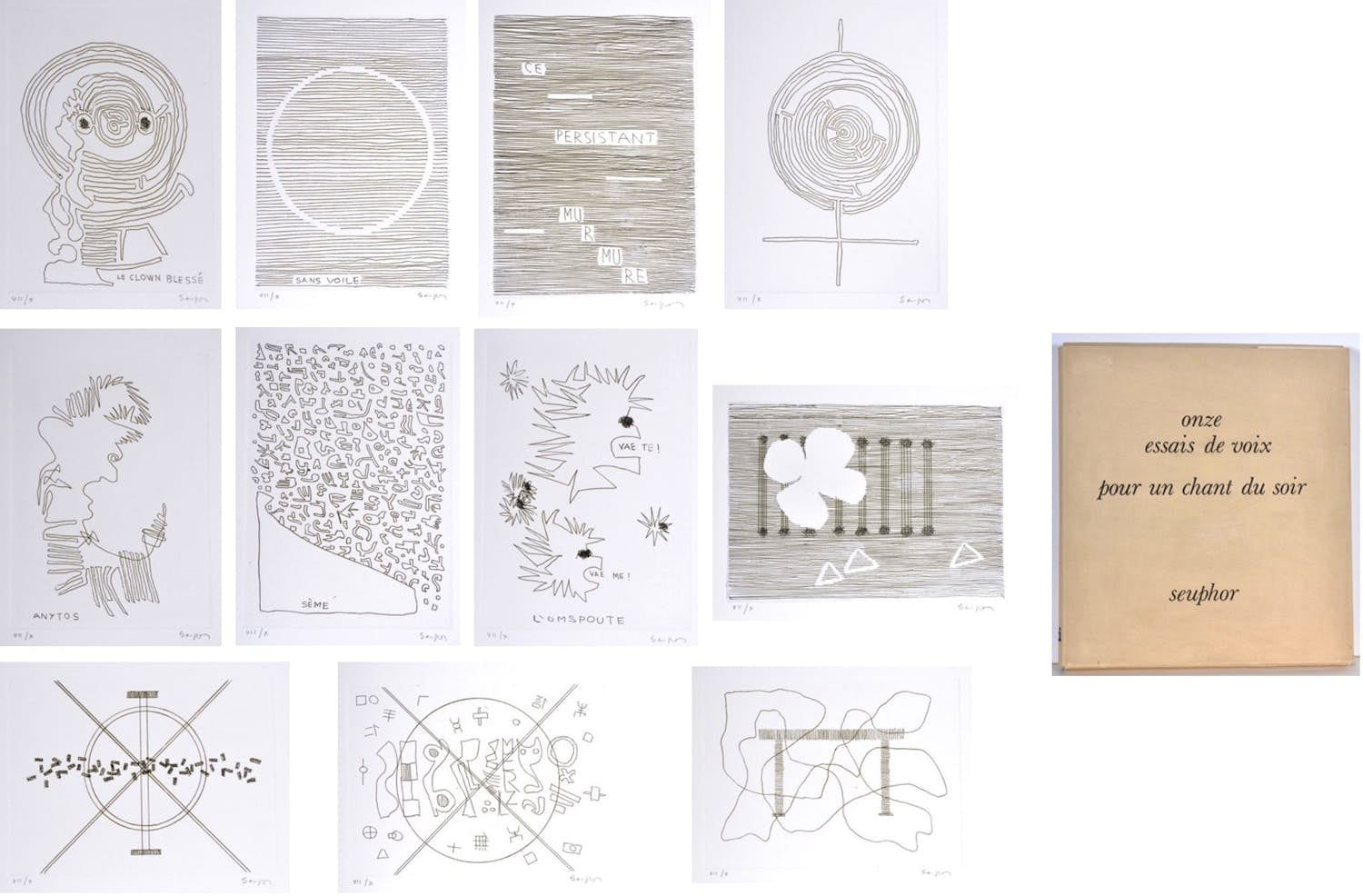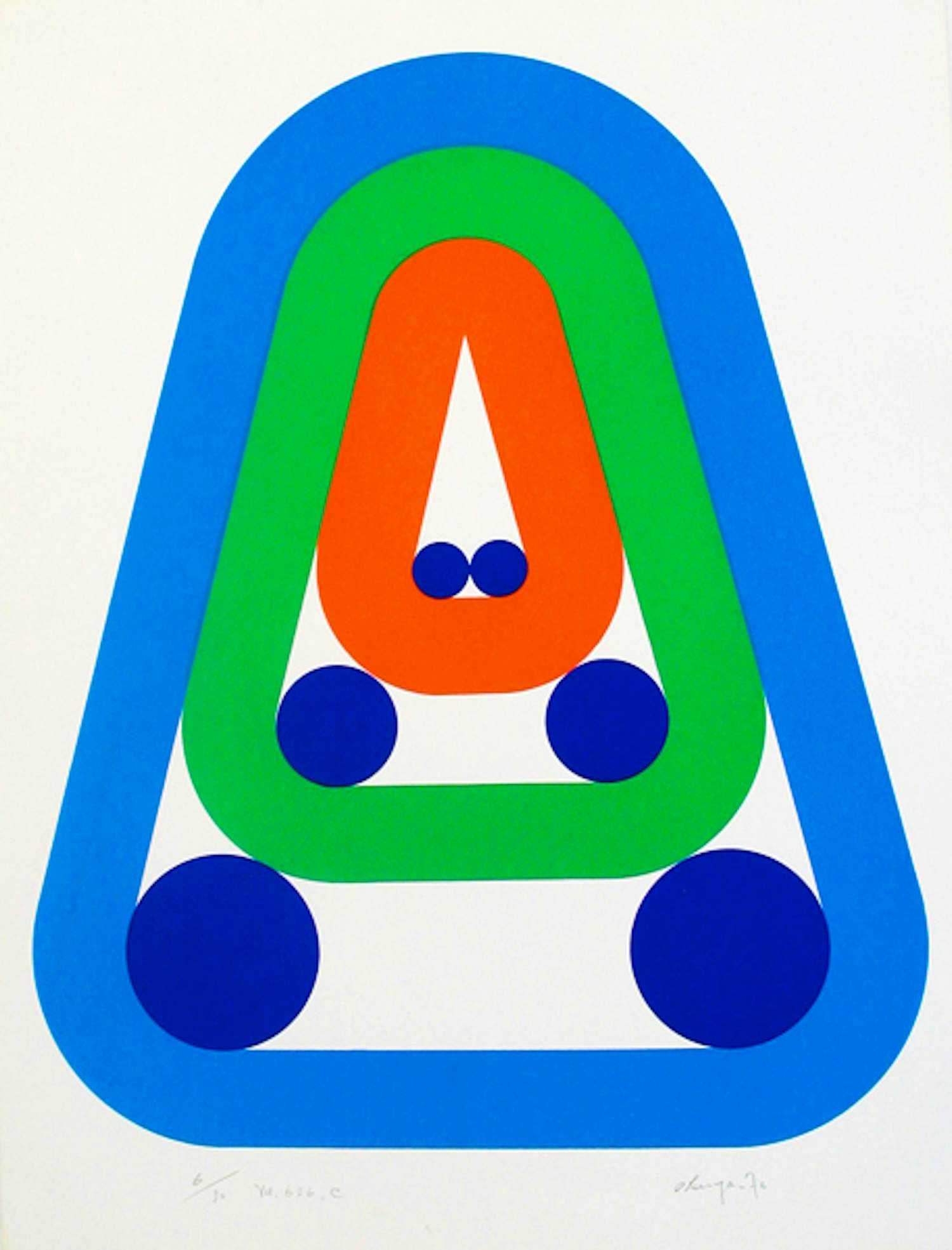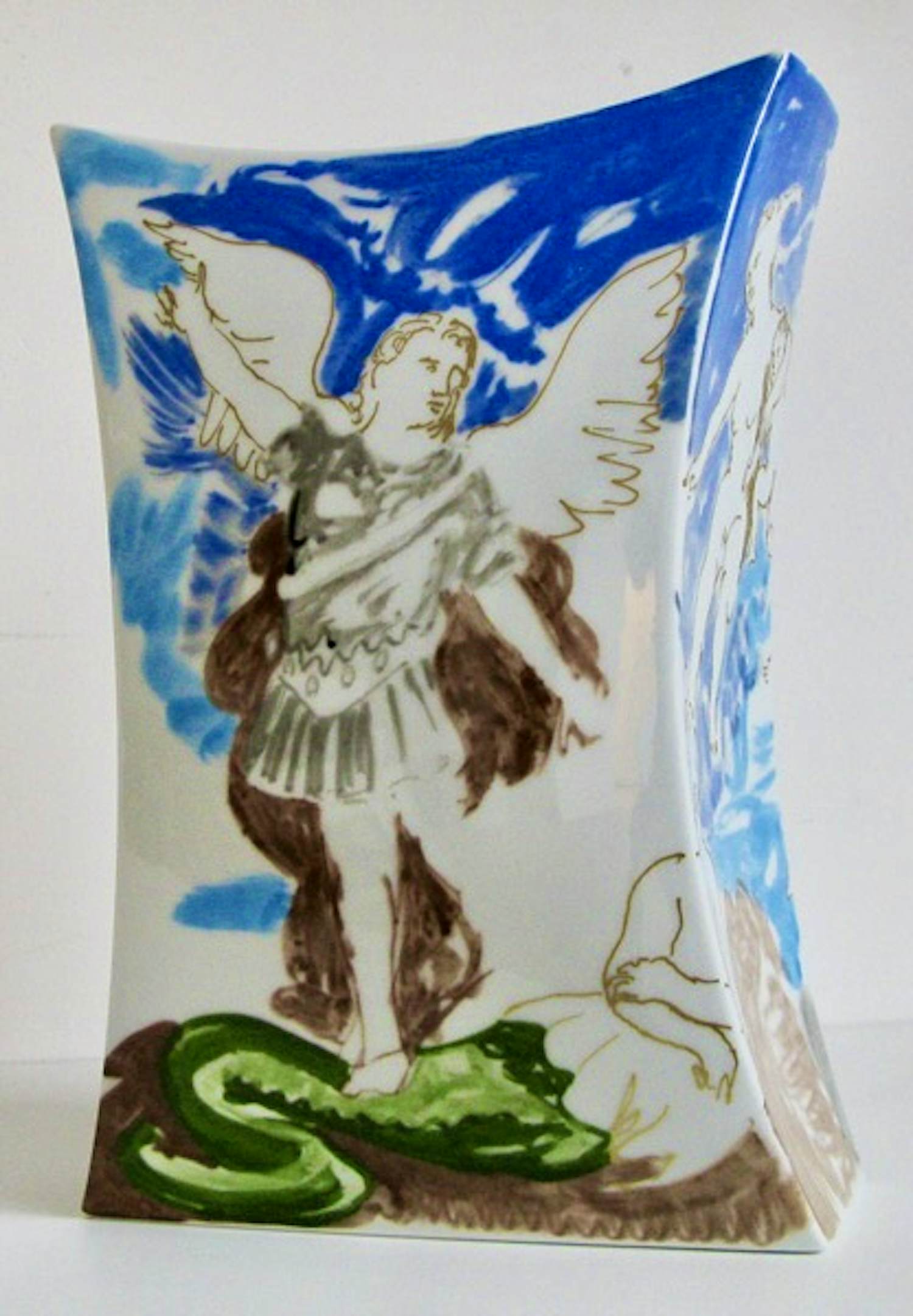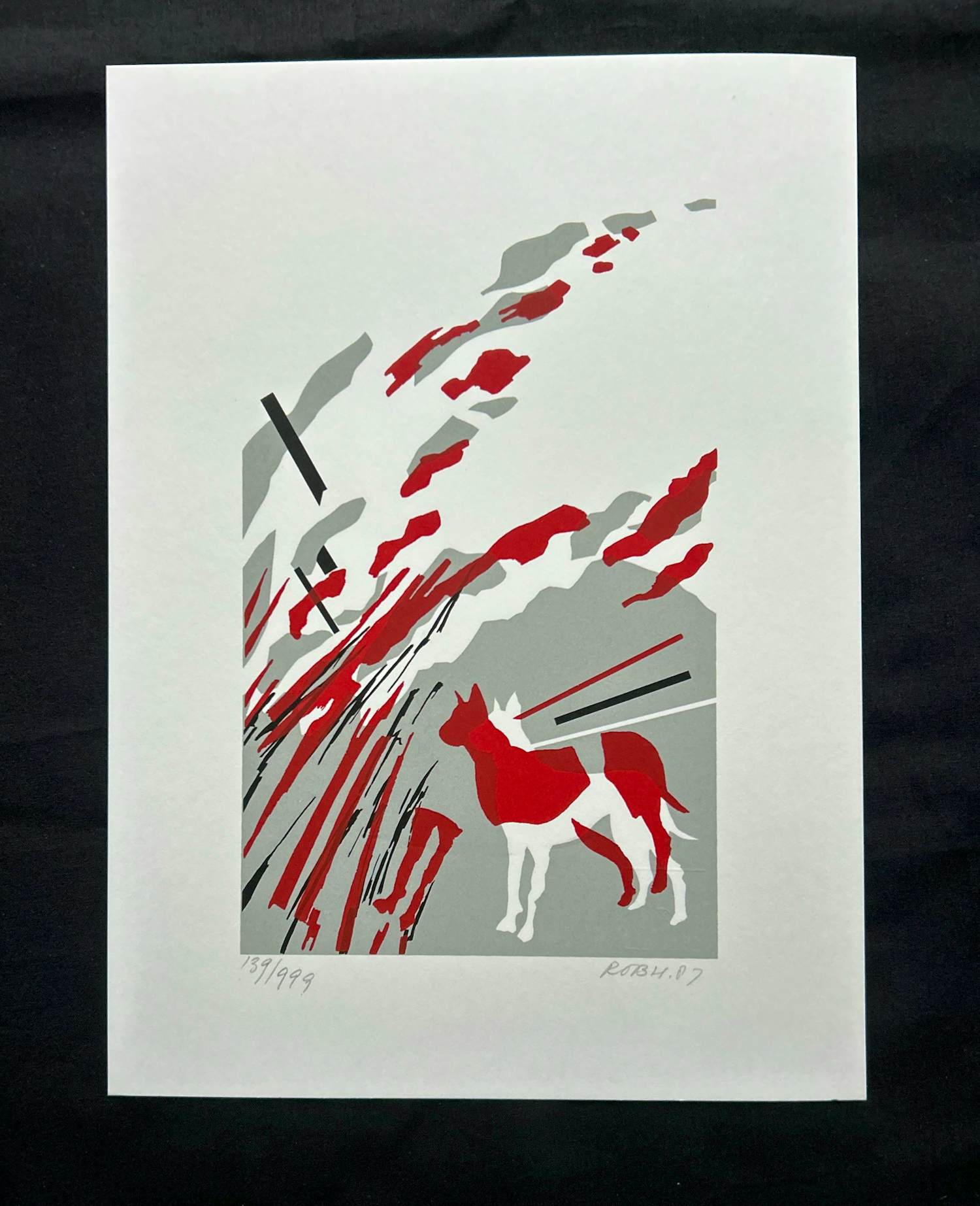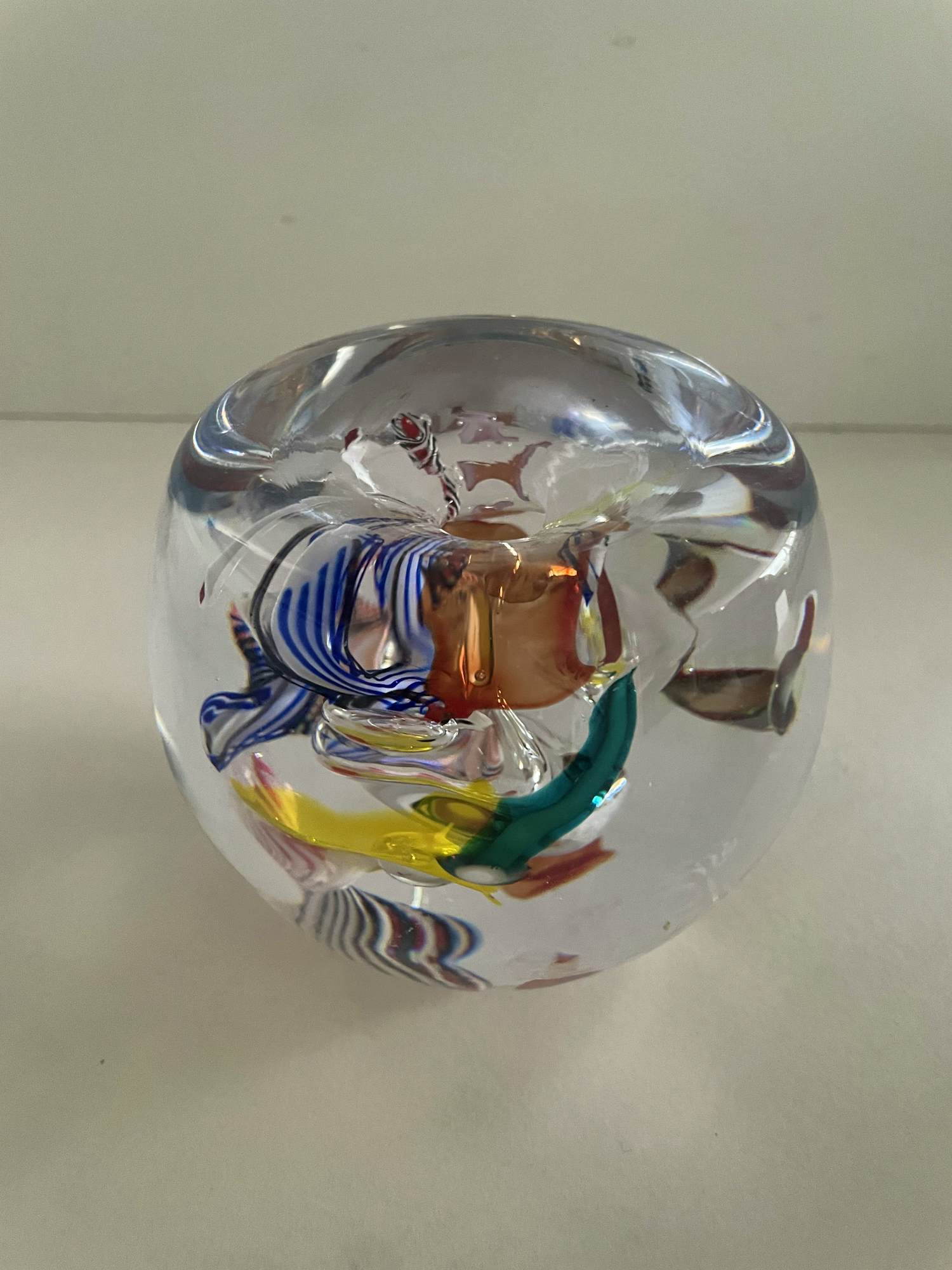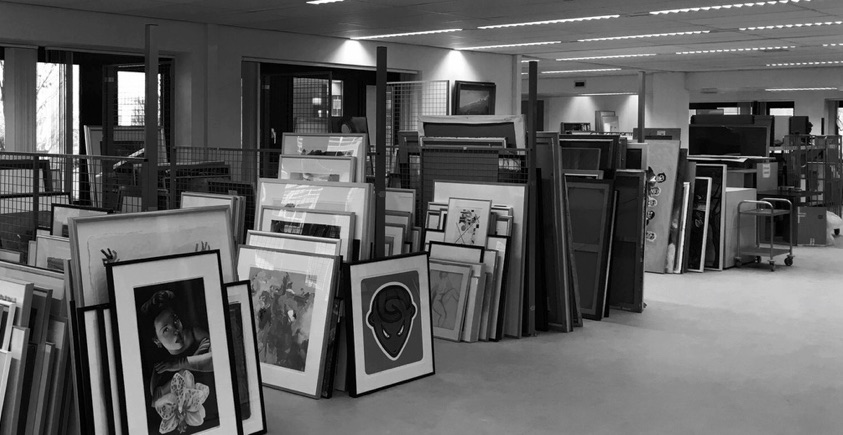

Francis Dixon (1879-1967)
Kunstenaar
FRANCIS STILLWELL DIXON (1879 ? 1967)Francis Stillwell Dixon was born in Queens, Long Island in 1879. He was born into a family of immense influence and wealth with deep roots in old New York and Connecticut. His grandfather, the Hon. James W. Dixon served from 1857 to 1869 as the United States Senator from Connecticut. Francis's father, James Wyllys Dixon, was a noted Civil War officer, respected journalist, and a prominent resident of Flushing, Long Island. He was named for his mother, Frances Stillwell, who was a descendant of one of the early settlers of Gravesend, Brooklyn, Long Island.Francis Dixon was one of ten children, all who were born between 1877 and 1895. While many of his brothers went into more typical professions (brothers Benjamin and Harry became clerks), Francis was already by age twenty considered a fine painter and artist. He studied at the Art Students League, New York and with the noted artists Frank Vincent DuMond, Robert Henri, Charles W. Hawthorne, and Herbert S. Twachtman. Though if anyone asked him where he had received the major part of his art training, his answer would probably be that he received the most valuable portion of this training direct from nature and his study of it in many seasons and moods.During the United States involvement in World War I (1917-18) Dixon worked as an "Army and Navy Song Leader" for the War Department based out of New York City. A relatively accomplished singer, Dixon was known to have performed over the years for fellow artists at the Salmagundi Club in New York City where he was a lifelong member.As an illustrator, Dixon turned his attentions to several different types of work. He was involved, along with fellow artists and draftsmen Edwin F. Tilley and Edward Straeffer, in preparing the illustrations for James E. Homans early treatise Self Propelled Vehicles - A Practical Treatise on the Theory, Construction, Operation, Care and Management of all forms of Automobiles , which was published in 1902. On occasion he also wrote articles for prominent publications such as House & Garden magazine.Dixon travelled to California in 1915 where he lived in Los Angeles before returning to New York in 1917. During his time in California he is known to have stayed at or near both Carmel and Point Lobos, though only a few works depicting these areas have come to light. Most of his early works have not surfaced until recently. One of these paintings is exhibited at a travelling exhibition for the Salmagundi Club. While in California he met and married Rosalie Hooker in 1915; she divorced him in Paris in 1925. He married again in 1929 to Ms. Emilie A. McMillan who survived him. His former wife (Rosalie) became a princess when she married Prince Leva Melikov de Somhitie in 1926.Beginning in 1923 he travelled to Bermuda where he painted local scenery. He returned to Bermuda again in 1925 and during the early to mid 1920's he also travelled to Great Britain and Continental Europe. By the 1930's he was living on West 55th Street among several other artists, including Livingston Geer (b1888) and Norman Roberts (b 1896).The bulk of his career, however, was given to painting landscapes and maritime vistas. He was also a member of the Allied Artists of America; The Connecticut Academy of Fine Arts. His work has been exhibited in such esteemed venues as the Corcoran Gallery, Washington, D. C. and The National Academy of Design, New York.Francis Dixon is one of those very rare persons who was actually born in New York City, yet despite the fact that Dixon is a New Yorker, born and brad, he is a painter of typically American landscape scenes. In some respects he might be called a universlist in terms of American landscape interpretation, for the scenes be choosen, he breaths into them, though the bulk of his painting is done in the East.In his painting Dixon largely follows the school of Leonard Ochtman in his direct, fresh and at the same time rather postic rendering of Connecticut and New England hillsides, as well as scenes along the Eastern Coast.In his manner of handling his foliage and pools there is something of impressionism in the feeling of his painting, yet there is in even greater degree a straightforward, literal interpretation of the countryside for which he has much affection. This letter quality one does not associate with the impressionists but more with the long tradition of American landscape painting from the early Hudson River School to the present time.Dixon?s palette is always a joy, including as it does, the warm gentle tones of many blues and some mingled with delicate greens. With all his softness of tone, however, Dixon combines a far carefulness of modelling and a substantial solid painting which give his canvass strength a a lasting quality of conviction which makes them of greater interest the longer one studies them.The Morgan Murriel, Hurtford Connecticut, has a typical example of this called?The Learning Tree?.The New York Times said of his works in 1927"The paintings of Francis Dixon are romantic reports, with a dash of sombreness. Mr. Dixon's art is excellent conventional painting of landscape."Selected Exhibitions? The Corcoran Gallery of Art, Washington, DC, 1916? Folson Gallery, NY, 1917 (solo)? Society of Independent Artists, New York, 1917-18, 1920-22, 1924? Salmagundi Club, New York, 1917-1940, 1943, 1945? National Academy of Design, New York, 1925? Babcock Galleries, New York, 1926 (solo)Museum Collections Wadsworth Athenaeum, Hartford, CT SourcesEdan Milton Hughes, "Artists in California, 1786-1940" Who's Who in American Art 1940-47http://www.bellusfineart.com/artists/37/Francis-Stilwell-Dixon/http://www.worthpoint.com/worthopedia/original-seascape-yorks-francis-dixon-133561233Publicationshttp://www.abebooks.com/servlet/SearchResults?an=Dixon%2C+Francis+Stillwell%2C+1879-1967%29+Babcock+Galleries.Exhibition of Paintings by Francis Dixon.Dixon, Francis Stillwell, 1879-1967) Babcock Galleries.Bookseller: R.W. Smith Bookseller(New Haven, CT, U.S.A.)Book Description: Babcock Galleries,, New York, 1926. Folder. Book Condition: Very Good. 16mo - over 5_" - 6_" tall. [4] p. Mounted cover plate. Catalogue of 17 paintings of the Maine coast. Appreciation by Henry Russell Wray.
- Aangeboden items
- 0
- Verkochte items
- 0
- Nationaliteit
Amerikaans
- Links
- Favoriet
Ontdek Kunstveiling
Kunst verkopen van Francis Dixon
Kunstveiling is hét platform waar u succesvol kunst van Francis Dixon verkoopt! Met een groot bereik aan kunstliefhebbers vindt u snel een koper voor het mooie kunstwerk van Francis Dixon dat u wilt verkopen. Wilt u meer lezen over het verkopen van kunst via Kunstveiling? Klik dan op de link en bekijk de stappen om zelf een online veiling aan te maken!
Waarom via Kunstveiling kunst van Francis Dixon verkopen?
Verkoop kunst van Francis Dixon via het grootste veilingplatform in Nederland en Vlaanderen, gericht op het online kopen én verkopen van kunst, sieraden en design. Bent u lid van Kunstveiling, dan kunt u eenvoudig unieke kunst van Francis Dixon verkopen met uw persoonlijke Kunstveiling-account. Bij Kunstveiling betaalt u geen verkoperscommissie over succesvolle verkopen.
Online kunst verkopen van Francis Dixon en andere erkende kunstenaars is een spannend en dynamisch proces en kan snel resultaat geven. Met vele duizenden actieve kopers vindt u een groot en gevarieerd publiek voor kunstwerken van Francis Dixon die u via de veiling wilt verkopen. Bovendien biedt Kunstveiling de mogelijkheid om uw kunstwerken van Francis Dixon via de Veilingmeester te verkopen via de ontzamelservice. Wij nemen daarbij het werk rond de verkoop van uw Francis Dixon kunstwerken graag voor u uit handen.
Hoe bied ik een kunstwerk van Francis Dixon te koop aan via Kunstveiling?
Om kunst van Francis Dixon te verkopen via Kunstveiling, heeft u een account nodig. Hier maakt u eenvoudig een account aan. Lees voordat u kunst van Francis Dixon gaat verkopen via Kunstveiling de veilingregels goed door. Het te koop aanbieden van kunst van Francis Dixon via de online veiling werkt snel en eenvoudig. Via het formulier geeft u de specificaties van het kunstwerk van Francis Dixon op, waaronder de gebruikte techniek, afmetingen en een toelichting op de conditie. Daarnaast voegt u afbeeldingen van het kunstwerk van Francis Dixon toe. Voor tips voor het maken van sprekende foto’s, lees ook onze veilingtips. Tot slot geeft u een openingsbod op, en selecteert u de eindtijd van de veiling.
Na afloop van de veiling ontvangt u automatisch bericht met de gegevens van de winnende bieder zodat u de verkoop verder kunt afhandelen. Is het kunstwerk van Francis Dixon niet verkocht? Overweeg dan om het werk opnieuw aan te bieden en verlaag eventueel het openingsbod om de kans op een succesvolle verkoop van een kunstwerk van Francis Dixon te vergroten!
Ik wil kunst van Francis Dixon verkopen, wat is een realistisch openingsbod?
Heeft u een kunstwerk van Francis Dixon dat u graag wilt verkopen, maar twijfelt u over een passend openingsbod? Vraag dan een gratis en vrijblijvende taxatie aan bij onze Veilingmeesters. Zij geven u graag advies en een realistische waardeschatting van uw kunst van Francis Dixon. Meer informatie over het indienen van een online taxatieverzoek leest u door te klikken op de link.
